Anyone who has been in love or experienced this pure emotion would know how liberating it feels. However, the problem is that we sometimes confuse other feelings and emotions for love. And when these feelings or emotions bring us conflict or unhappiness we blame love and think of it as something that is to be avoided at all costs. Romance is usually a rocky road for many because of the high expectations and the subsequent hurts that it entails. Love is in fact freeing, but when we add the attachment to the mix, things get all confused and messed up.
I know the concept of love sans attachment might seem quite strange for many. But it is actually wrong when we confuse attachment for love. Attachment has quite a few markers which are similar to love and it is the reason we bring all the miseries of heartbreak upon us. In both of these, you sort of give yourself over to the person you love. You stop thinking about yourself and care only for the happiness of the other person. In fact, this is what allows people to write impeccable verses describing the beauty of their lover. A lot of great art has come into existence thanks to the artist’s beloved. But attachment also has a very definite downside. We start believing that our entire life will come to a standstill just because the person we love (whom we might not even have known a few months ago) leaves us. The sole purpose of our life is turned into pleasing this other person.

Love is a much vast experience in comparison. It is definitely not limited to just one person, the so-called ‘object of our love’. True love is universal. Someone who has known the secret of how to love- will love every being and non-being alike. It requires an understanding of the inherent unity in the universe. All of us are one. And therefore it makes no sense loving (or rather getting attached) to one part of the creation and not the other. Such an all-encompassing love is liberating and the true essence of what it means to love. When we love only a certain person, we are being selfish for them. True love is never selfish.
Here are a few pointers which will help you understand love better:
1) Make sure you are in love, not in love with something or someone
Can you narrow down the object of your love to one person? In that case, it cannot be love. Love flows in all directions and for everyone and everything. But if you feel this way only towards one person- you are in for a fall. This is attachment. And attachment never bodes well. Attachment makes you clingy and needy. Don’t let attachment limit and chain you to only one person. Learn to love everyone and everything. If you feel that you are becoming attached to just one person, take care not to let this attachment grow any further. Don’t choose something which will limit you in the place of something which is truly freeing. It might seem difficult at first to not obsess over someone you like, but it is not impossible. When you allow yourself to not get attached to them, you will see that you are able to love deeper. Loving one person might make you selfish, which is not what love is about.
2) Don’t try to label, hoard or hold on to love
Love is a fleeting feeling. And it is best enjoyed like that, living in the moment. As much as you might like it, you cannot bind it. When we first experience love, the feeling is so overwhelming that we want to capture it and want to keep it with us forever. But the moment you try to bind love, you are giving in to attachment. You cannot bound love, it will only turn sour or worse. For instance, when you see a beautiful flower- your first instinct is to pluck it from its garden and keep it with you. It will definitely give you the momentary pleasure of having it in your possession. But it will soon wilt away and turn bad. The moment you seek to take control of the object of your love- it turns into attachment. Love is momentary. You need to appreciate it in the moment. If you start thinking that having a certain person in your life is crucial for your existence, leave immediately. You have become attached to them. And this will lead to conflict. You might try to limit them or yourself in trying to hold on to each other. You need to realize that limiting each other will also mean hindering the wholesome development that each individual needs. Let it go. The memories of a perfect moment are enough, you don’t have to try and prolong that perfect moment, it will only malign it.
3) Don’t try to control someone because you want your love to be perfect
Remember the in-the-moment nature of love. This also means that love doesn’t care how perfect or imperfect someone is. Love happens out of the blue and just as the person is. Thinking about improving on your partner, telling them how they could be better is not living in the moment. It is anticipating future, and that is the beginning of the end of true love.. Love doesn’t require change. In fact, love is quite in opposition to attachment or this need for perfection. Love is spontaneous and all about the quirks that make you an individual. Don’t get caught up in the idea that you need to be perfect for your spouse or they need to change certain aspects about themselves. All of that is just attachment talking. Love someone for exactly how they are, not some imaginary perfect image of their future.
In Conclusion
Just because love is momentary, doesn’t mean that your relationship has to be. Love will come and go as it pleases. Instead of being daunted by it, try to welcome it every time it comes around, and enjoy it to the fullest for however long it lasts. You don’t have to limit or change yourself or your partner for true love. Those are only the urges of attachment, learn to break away from them.
You may also like
Love Without Attachment: Ways To Love Unconditionally
Why Non-attachment is one of the Keys to a Happy Life and Relationships
How to Release Attachments to Past Relationships
6 Signs Your Partner Isn’t Infatuated or in Love But is Obsessed and Emotionally Attached
10 Signs That Your Partner Is Becoming Emotionally Detached
The Minds Journal Articles Volume -1 is Copyright Protected vide Regd.# L-103222/2021



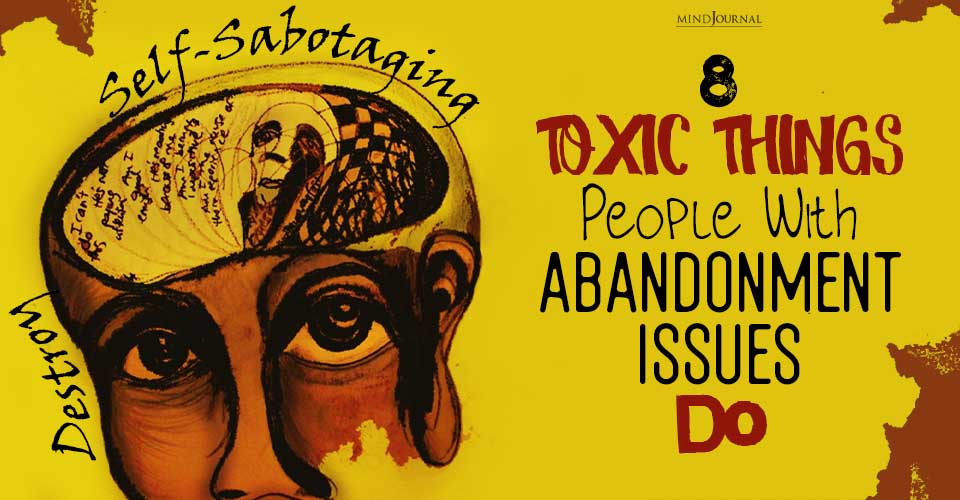
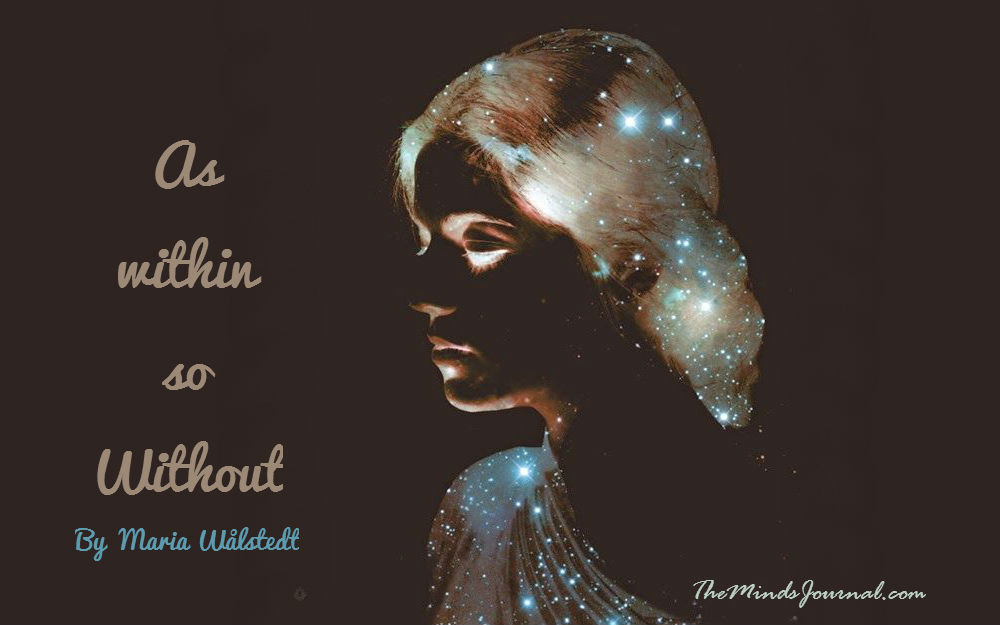
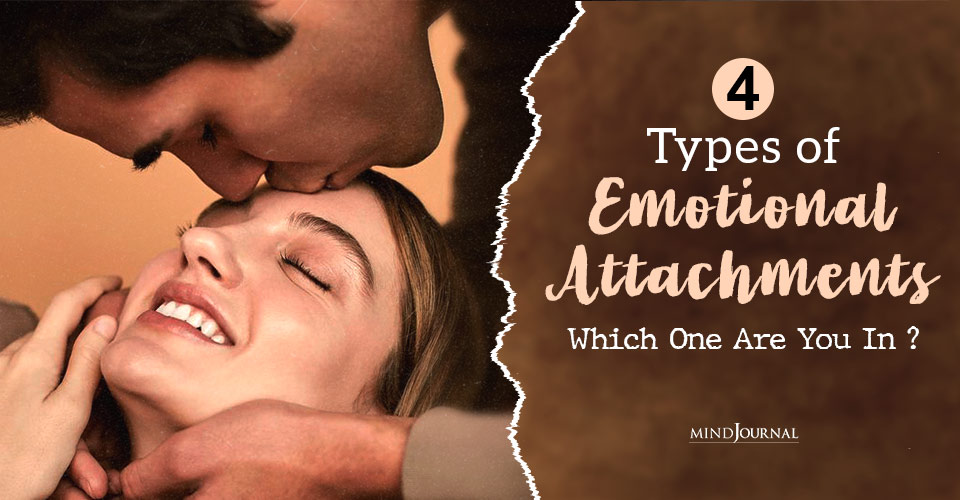
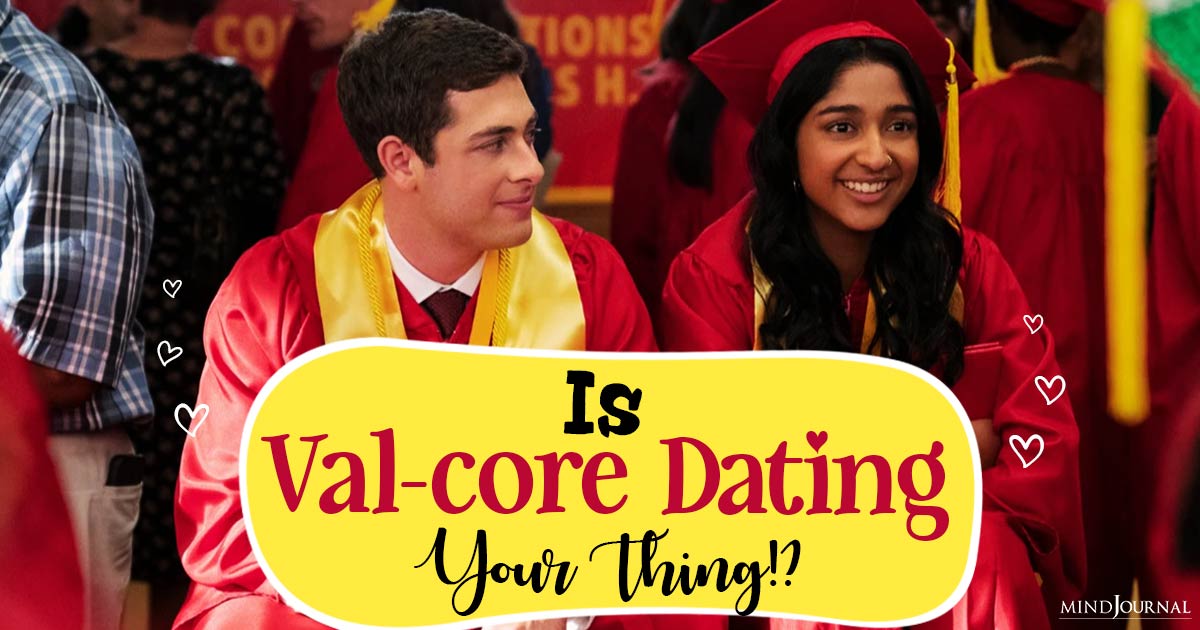

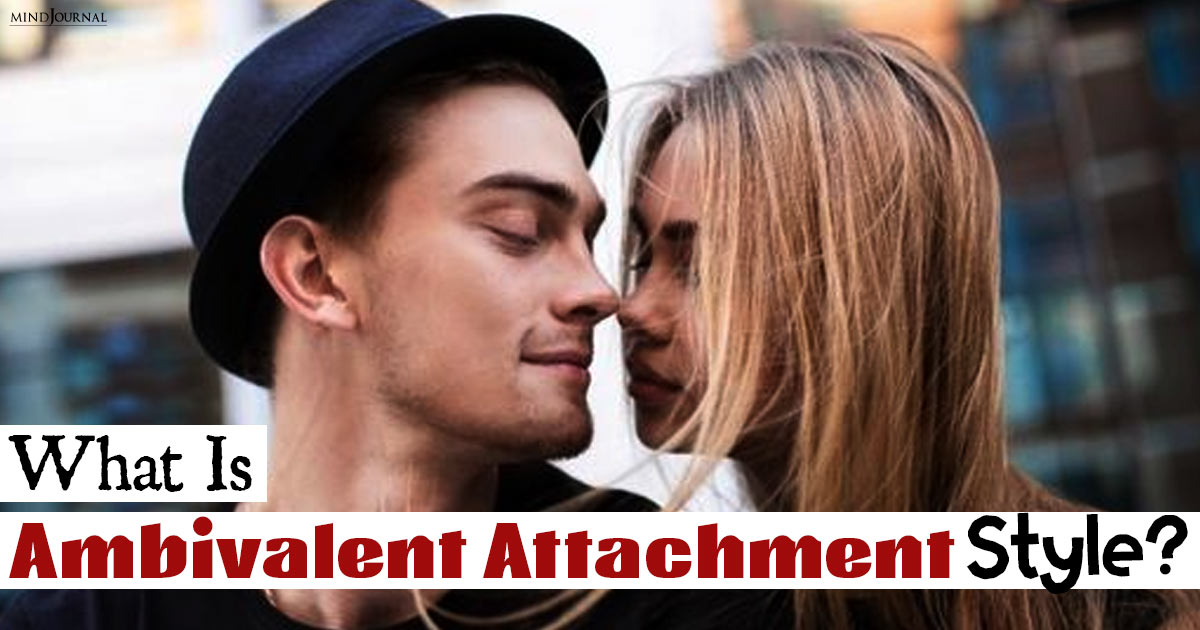
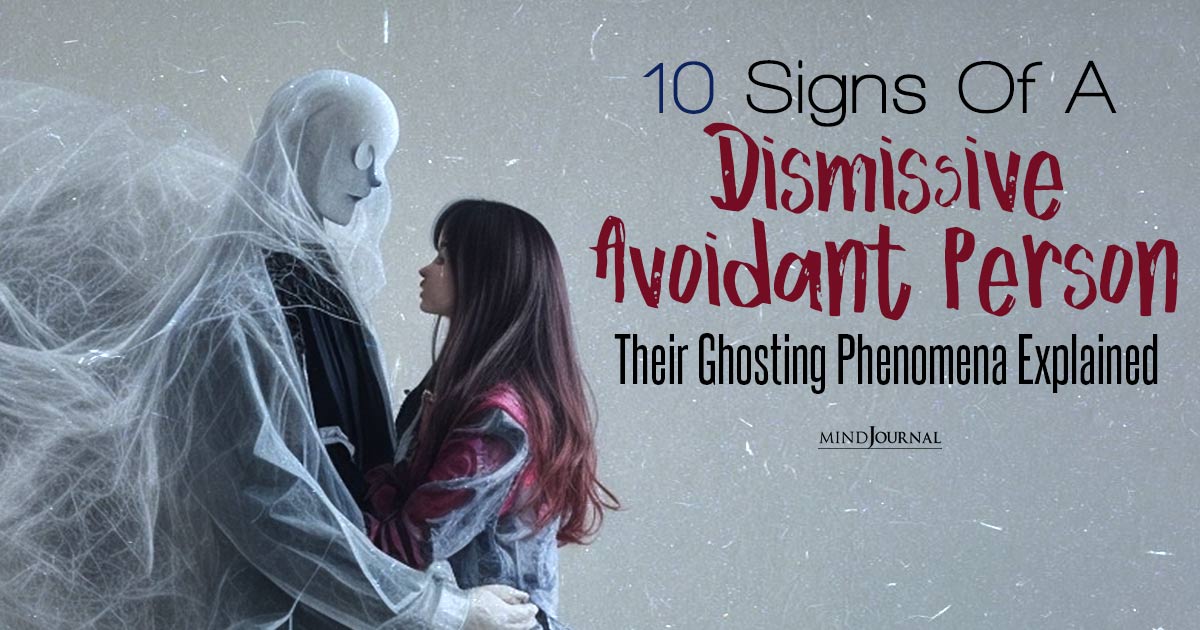
Leave a Reply